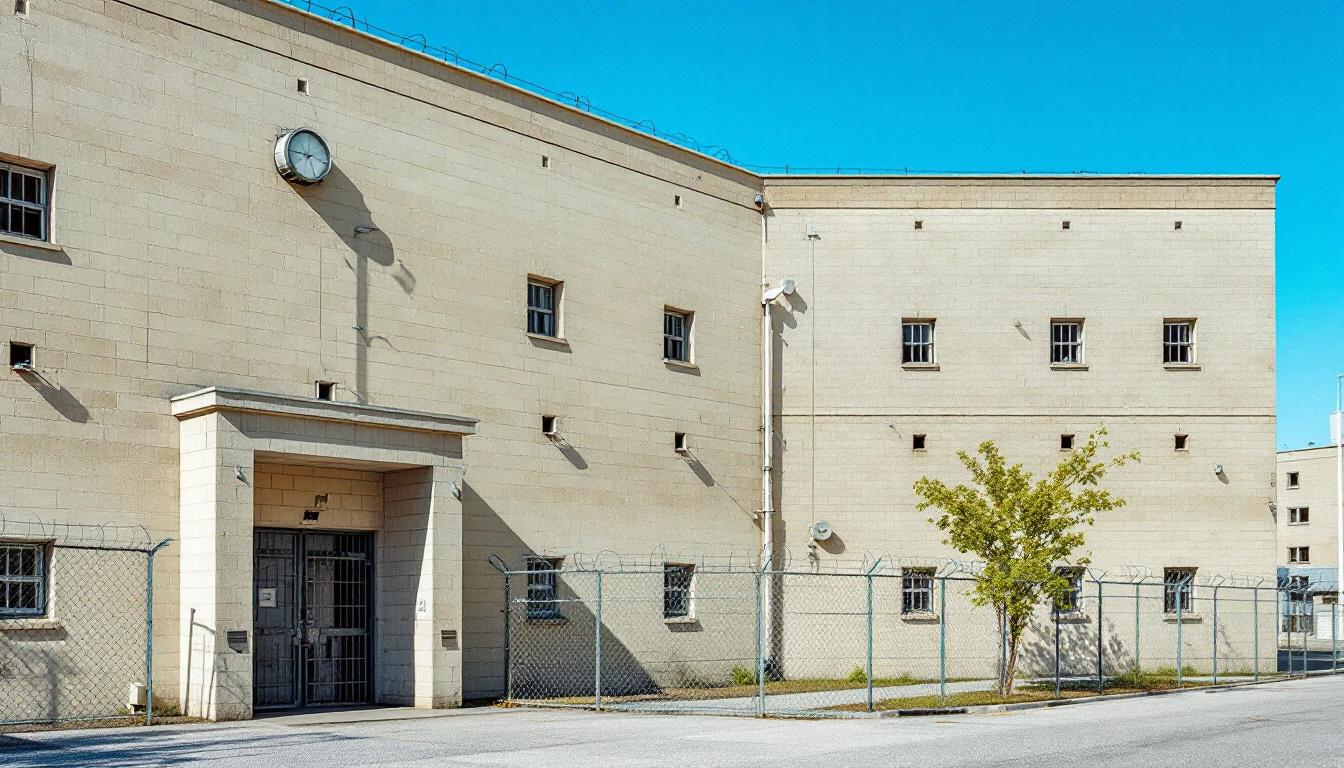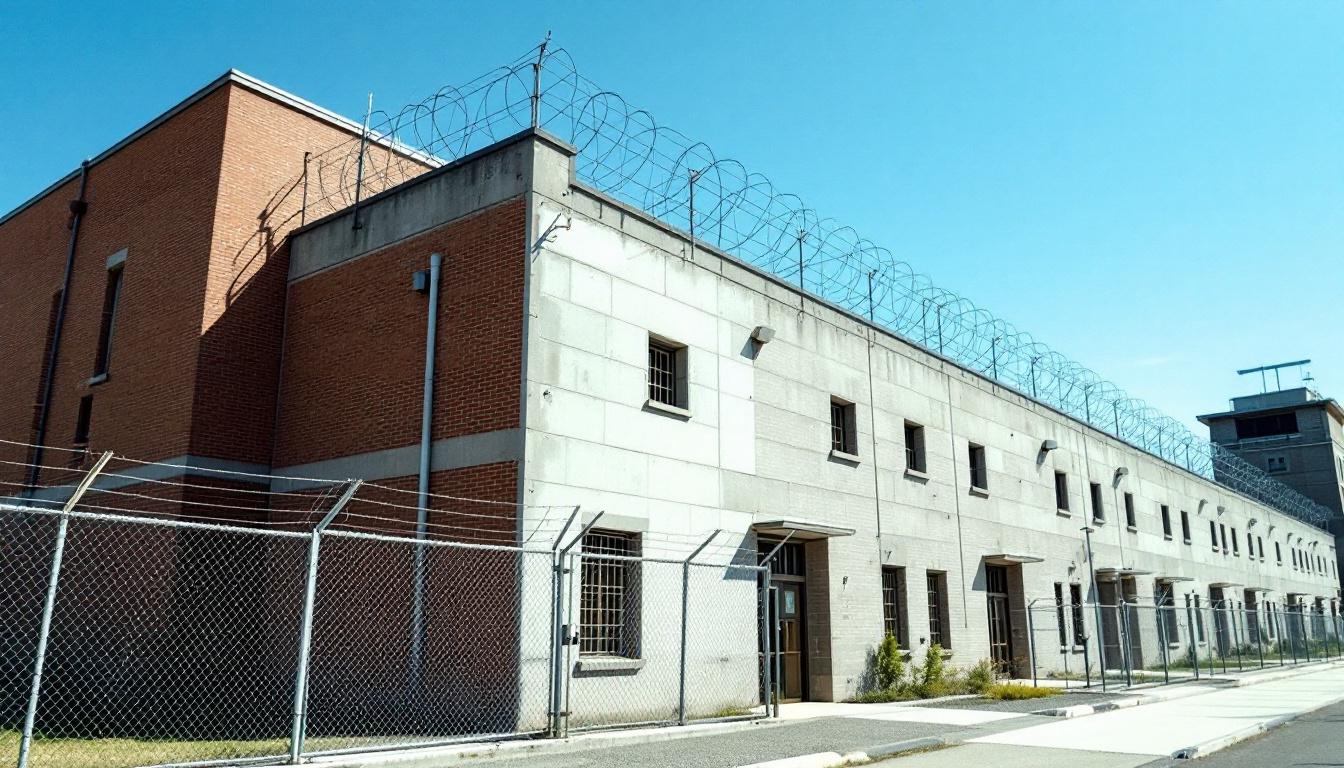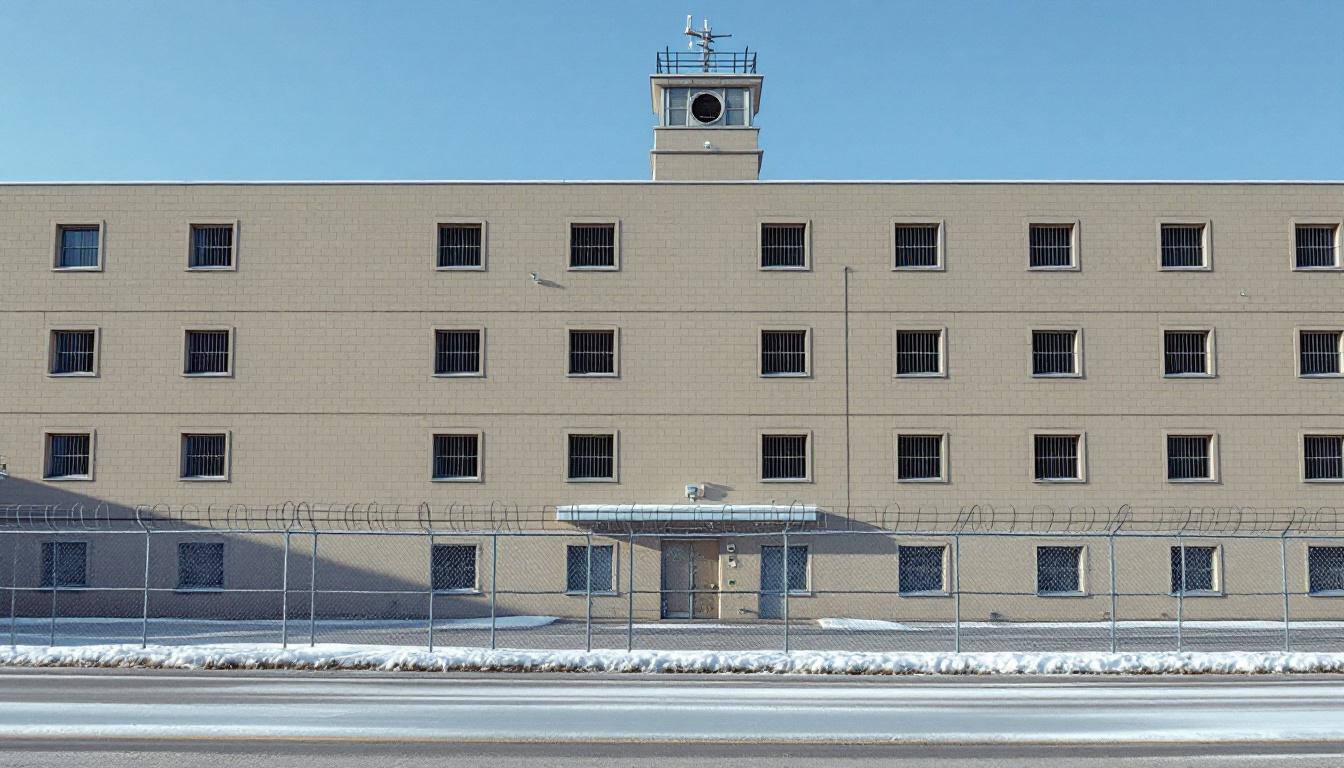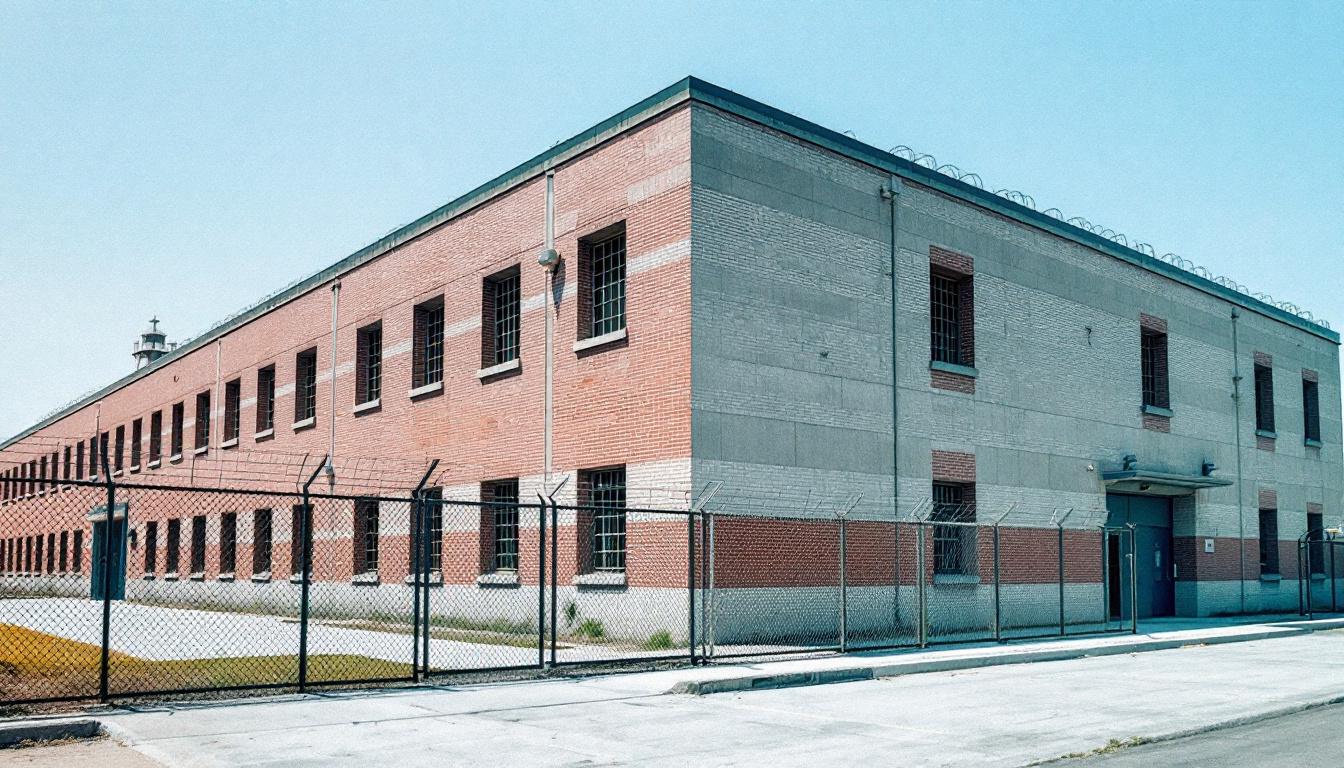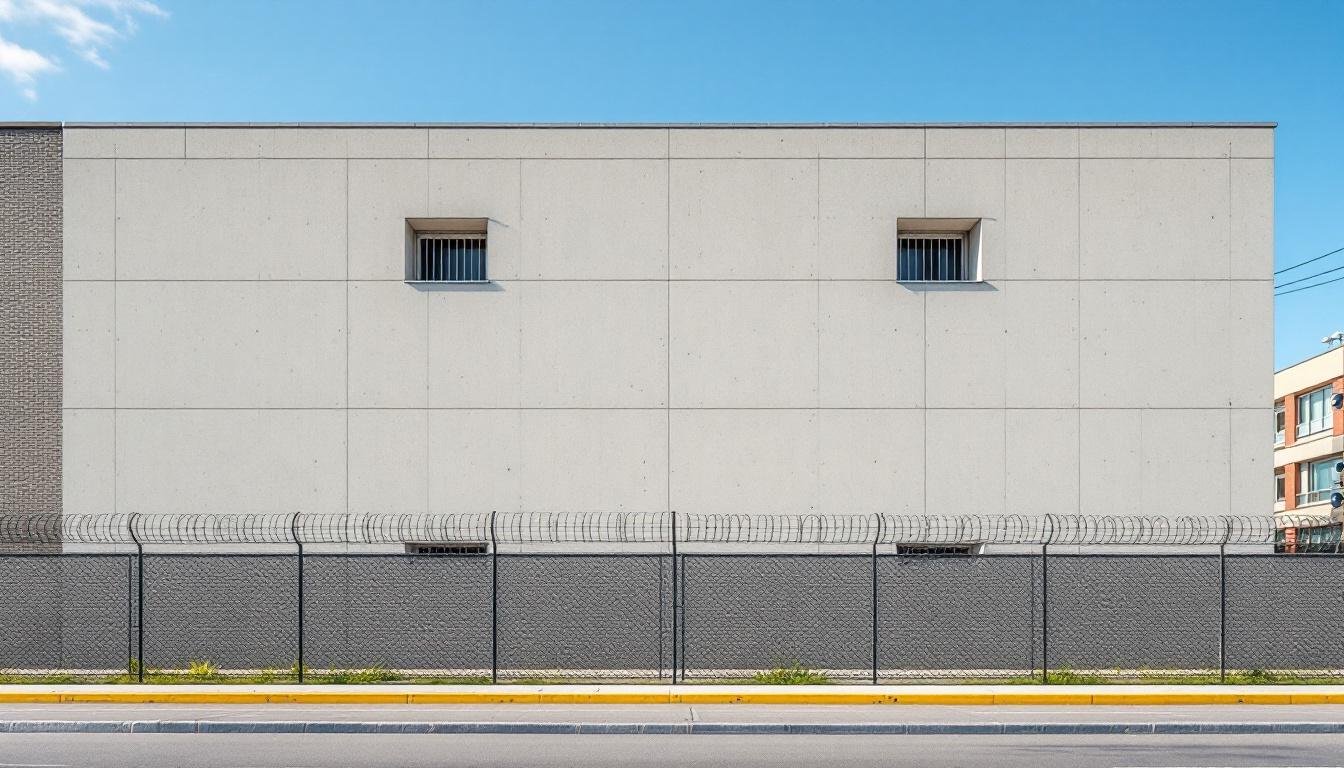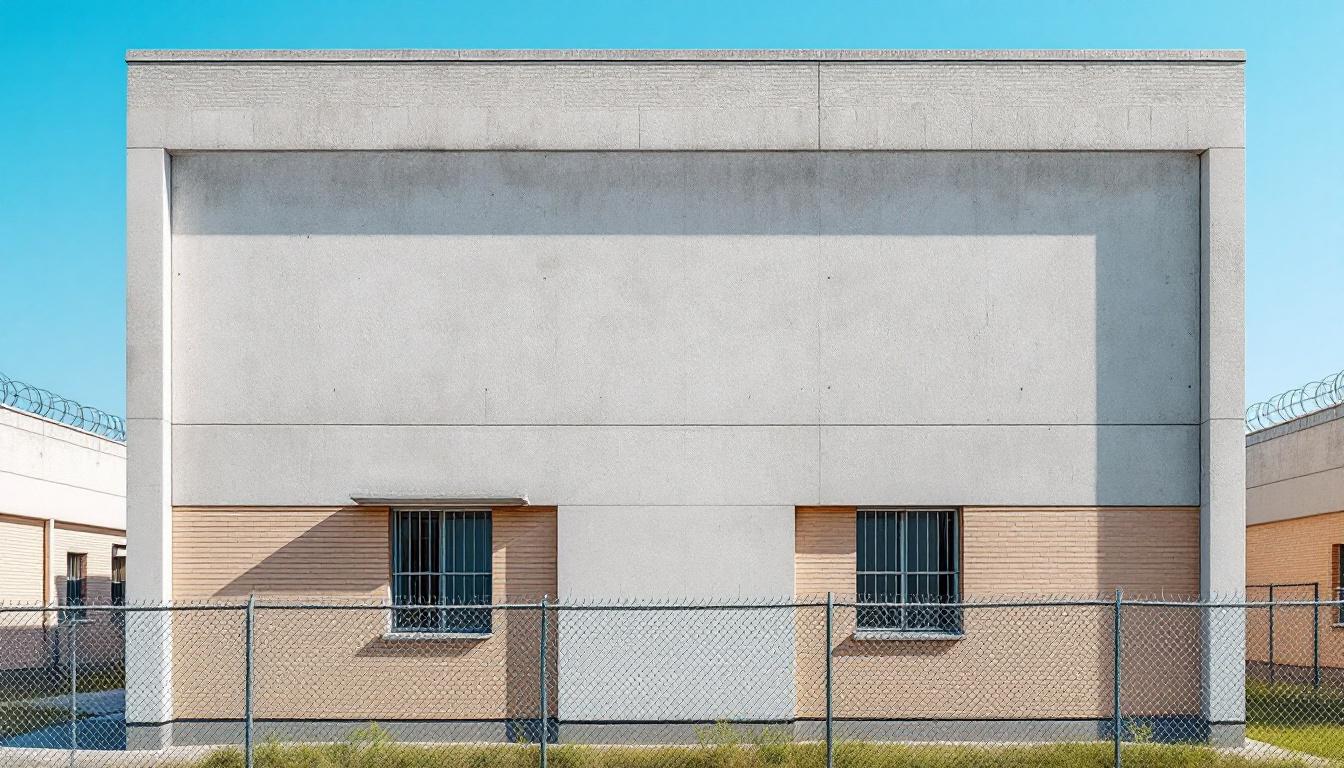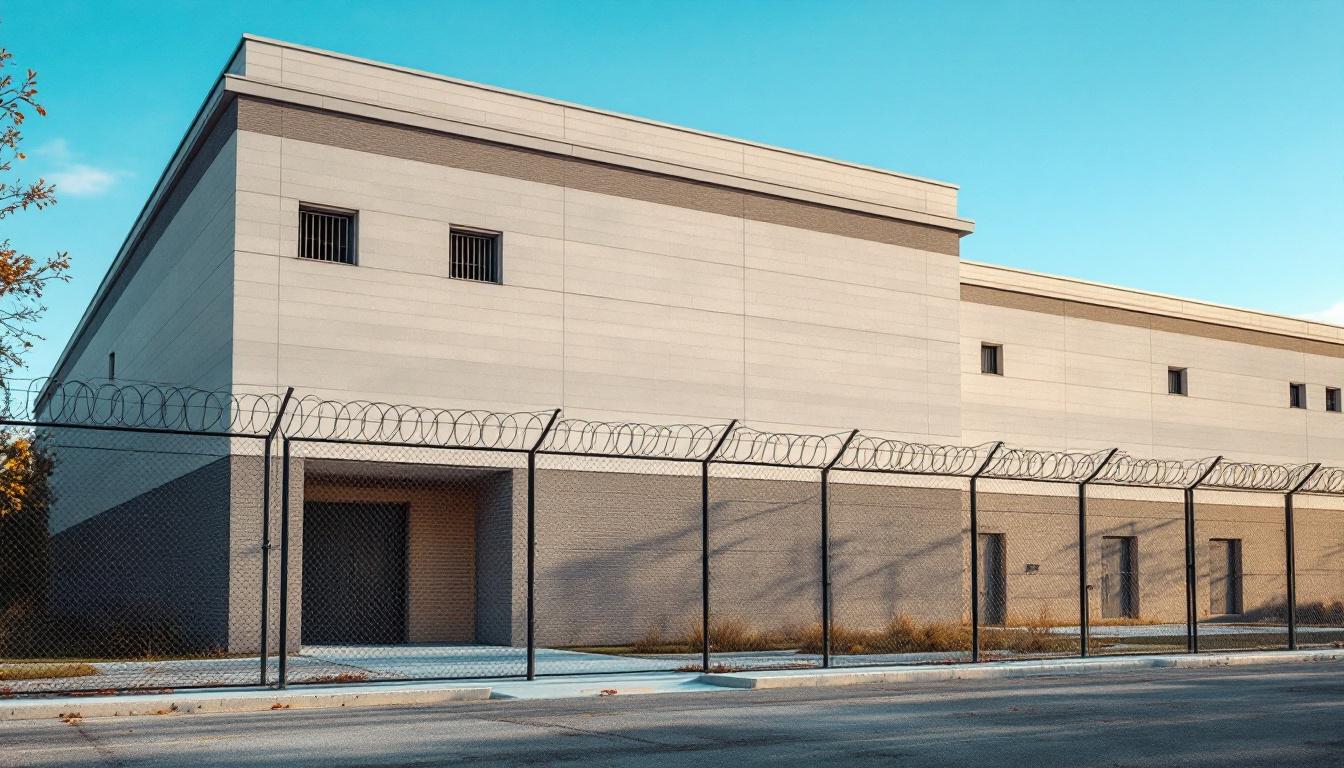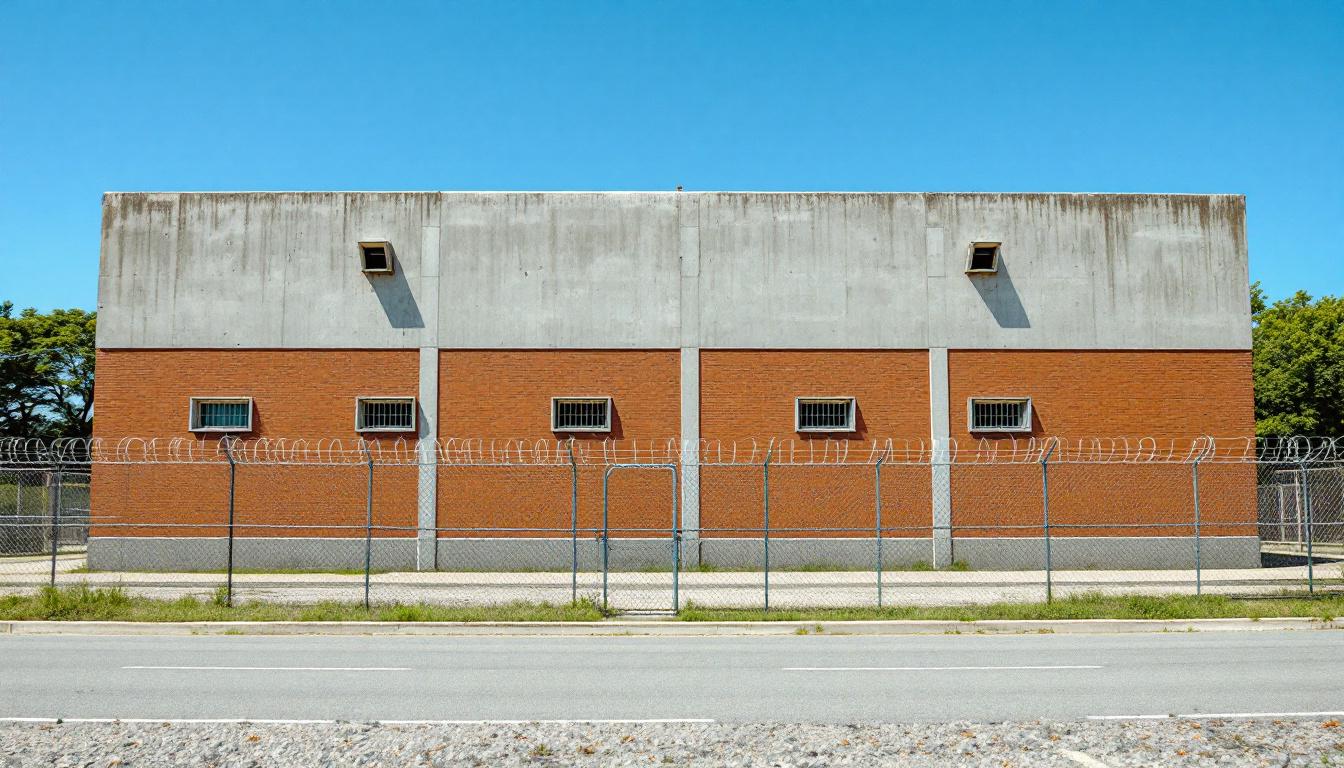
Quick Navigation
How to contact an inmate at United States Penitentiary Atlanta
This comprehensive guide will walk you through how to connect with an inmate at United States Penitentiary Atlanta. Follow the steps below to find an inmate and send letters and photos:
- Search for the inmate using our search tool below
- Create your account or log in to Penmate
- Write your message (up to 6,000 characters)
- Send instantly - inmates receive printed copies daily
Find an Inmate
Search for an inmate to start communicating today
Tip: You can search by first name, last name, or inmate ID number
To contact a person at United States Penitentiary Atlanta start by searching for the person on the official facility website. Perform a search by following these steps:
- Step 1: Enter their first name and last name into the search form and click "Search"
- Step 2: Locate their inmate record
- Step 3: Write down their Inmate ID and any housing information provided
Important! Be sure to enter the person's full name. Nicknames should not be used.
How to Send Messages to Inmates

You can use your phone or computer to send emails, letters, and photos to an inmate. Messages are sent electronically to inmate tablets or kiosks at the facility. If you would like to send a message, start by searching for an inmate at United States Penitentiary Atlanta.
Sending Photos and Postcards

A great way to send love and support to a loved one at United States Penitentiary Atlanta is to send photos and postcards. It only takes a few minutes to send photos from your phone and it makes a huge difference. You can also mail postcards with words of support and inspiration, or design your own postcard for special moments like birthdays and holidays.
Important! Be sure not to send any explicit photos or they may not be approved by the facility. You can also use a photo printing app like Penmate to make sure your photos are printed at the correct size (4x6 or 3x5) and are mailed according to the rules and regulations of United States Penitentiary Atlanta.
Frequently asked questions about United States Penitentiary Atlanta
-
How long does it take to deliver a message?
If you're sending an email message your letter is usually delivered within 24-48 hours. For messages sent via mail you should expect delivery within 3-7 days. All messages will need be approved by United States Penitentiary Atlanta.
-
How much does it cost to send a message to United States Penitentiary Atlanta?
You can send a message free using your phone or mail a message via USPS for the price of a $0.60 stamp and envelope. You can also purchase credits or e-stamps from services starting at $1.99.
-
What services can I use to contact an inmate at United States Penitentiary Atlanta?
Penmate
You can use Penmate to send letters and photos to an inmate from your phone. It's an easy way to stay in touch during your loved one's incarceration. Use the inmate locator to find an inmate's location and contact information, then you can send messages within a few minutes.
Securus messaging
Securus may be another option for communicating with an inmate at United States Penitentiary Atlanta. You can create a friends and family account and purchase credits to send messages. All messages will be reviewed and must be approved by the facility.
JPay
Some county jails and state prisons may support sending messages with JPay. You must register an account with the system, find your loved one, and purchase stamps to send messages. For some locations you can also attach photos.
Smart Jail Mail
You may also check if Smart Jail Mail is available at United States Penitentiary Atlanta. Smart Jail Mail is operated by Smart Communications and has contracted with some state and county jails. After purchasing credits, your messages and photos are sent to the facility, printed out, and then handed out to your loved one.
-
What is the mailing address of United States Penitentiary Atlanta?
Mailing address:
United States Penitentiary Atlanta
601 McDonough Blvd SE
Atlanta, GA 30315
Phone: (404) 635-5100Business hours:
- Monday: 9:00 AM – 5:00 PM
- Tuesday: 9:00 AM – 5:00 PM
- Wednesday: 9:00 AM – 5:00 PM
- Thursday: 9:00 AM – 5:00 PM
- Friday: 9:00 AM – 5:00 PM
- Saturday: Closed
- Sunday: 10:30 AM – 3:30 PM
-
What are the visiting hours at United States Penitentiary Atlanta?
Visiting hours at United States Penitentiary Atlanta vary by housing unit and security level. Generally, visits are scheduled on weekends and holidays, with some facilities offering weekday visits. Contact the facility directly at (404) 635-5100 or check their website for the current visiting schedule. Visits typically last 30-60 minutes and must be scheduled in advance.
-
What items are prohibited when sending mail to United States Penitentiary Atlanta?
Prohibited items typically include: cash, personal checks, stamps, stickers, glitter, glue, tape, staples, paperclips, polaroid photos, musical or blank greeting cards, hardcover books, magazines with staples, and any items containing metal or electronics. Only send letters on plain white paper with blue or black ink. Photos must be printed on regular photo paper (no Polaroids). Always check with United States Penitentiary Atlanta for their specific mail policies.
-
How do I send money to an inmate at United States Penitentiary Atlanta?
You can send money to an inmate at United States Penitentiary Atlanta through several methods: 1) Online using JPay, Access Corrections, or the facility's approved vendor, 2) Money orders mailed directly to the facility with the inmate's name and ID number, 3) Kiosks located in the facility lobby, or 4) Over the phone using a credit or debit card. Fees vary by method, typically ranging from $2.95 to $11.95 per transaction.
-
Can I schedule a video visit with an inmate at United States Penitentiary Atlanta?
Many facilities now offer video visitation as an alternative to in-person visits. At United States Penitentiary Atlanta, video visits may be available through services like Penmate, Securus Video Connect, GTL, or ICSolutions. Video visits typically cost $10-20 for 20-30 minutes and must be scheduled in advance. You'll need a computer or smartphone with a camera and reliable internet connection. Contact the facility for their specific video visitation policies and approved vendors.
-
What identification do I need to visit an inmate at United States Penitentiary Atlanta?
All visitors must present valid government-issued photo identification such as a driver's license, state ID, passport, or military ID. Minors must be accompanied by a parent or legal guardian who can provide the minor's birth certificate. Some facilities require visitors to be on the inmate's approved visitation list, which may require a background check. Contact United States Penitentiary Atlanta for specific ID requirements and visitor approval procedures.
-
How can I find out an inmate's release date?
To find an inmate's release date at United States Penitentiary Atlanta, you can: 1) Use the online inmate search tool if available, 2) Call the facility's records department, 3) Contact the inmate's case manager or counselor, or 4) Have the inmate provide this information during a call or visit. For privacy reasons, some facilities only release this information to immediate family members.
Facility Overview
Contact Information
United States Penitentiary Atlanta601 McDonough Blvd SE
Atlanta, GA 30315
Phone: (404) 635-5100
Official Website

About United States Penitentiary Atlanta
Within Atlanta's urban landscape, the community depends on effective correctional management that prioritizes both public safety and meaningful pathways toward successful reentry. USP Atlanta, GA operates as a federal correctional facility designed to serve individuals while maintaining the security standards essential for protecting Georgia residents and supporting long-term community well-being.
This GA correctional facility typically houses a diverse population of federal inmates, with programs generally structured around preparing individuals for eventual return to Atlanta-area communities and beyond. The facility may offer educational opportunities, vocational training, and substance abuse treatment programs that align with federal correctional standards. Mental health services and medical care are typically available to address the comprehensive needs of the inmate population, while religious and recreational programs often provide additional support structures during incarceration.
Located within Georgia's correctional system framework, the facility generally emphasizes inmates services that focus on reducing recidivism and promoting successful community integration. Family visitation programs may facilitate maintaining important relationships, while correspondence and communication systems typically allow inmates to stay connected with their support networks throughout the Atlanta region. The rehabilitation approach often includes work assignments and skill-building opportunities designed to prepare individuals for productive participation in society upon release, ultimately serving the broader goal of community safety and individual transformation.
Programs & Services
Personal growth begins with opportunity, and the comprehensive services at USP Atlanta typically focus on helping inmates develop skills and perspectives that support successful reintegration. The facility's approach to rehabilitation often emphasizes practical skill-building alongside personal development. Services are generally designed to address various aspects of an inmate's preparation for eventual release.
Educational services may provide foundational learning opportunities through basic literacy and GED preparation courses. These academic offerings often help inmates complete their high school education or improve essential reading and math skills. Moreover, vocational training services typically include hands-on instruction in trades that can lead to employment opportunities. These programs may cover various skilled trades and technical areas, allowing inmates to develop marketable abilities during their incarceration.
Faith-based services often play an important role in personal development, providing spiritual guidance and community support through chaplaincy programs and religious study groups. Creative outlets such as music programs may offer inmates opportunities for artistic expression and skill development. Additionally, painting and decorating services can provide both vocational training and therapeutic benefits, allowing participants to learn practical skills while engaging in meaningful creative work. These support services typically complement the facility's broader rehabilitation efforts by addressing personal growth from multiple angles.
Daily Life & Visitation
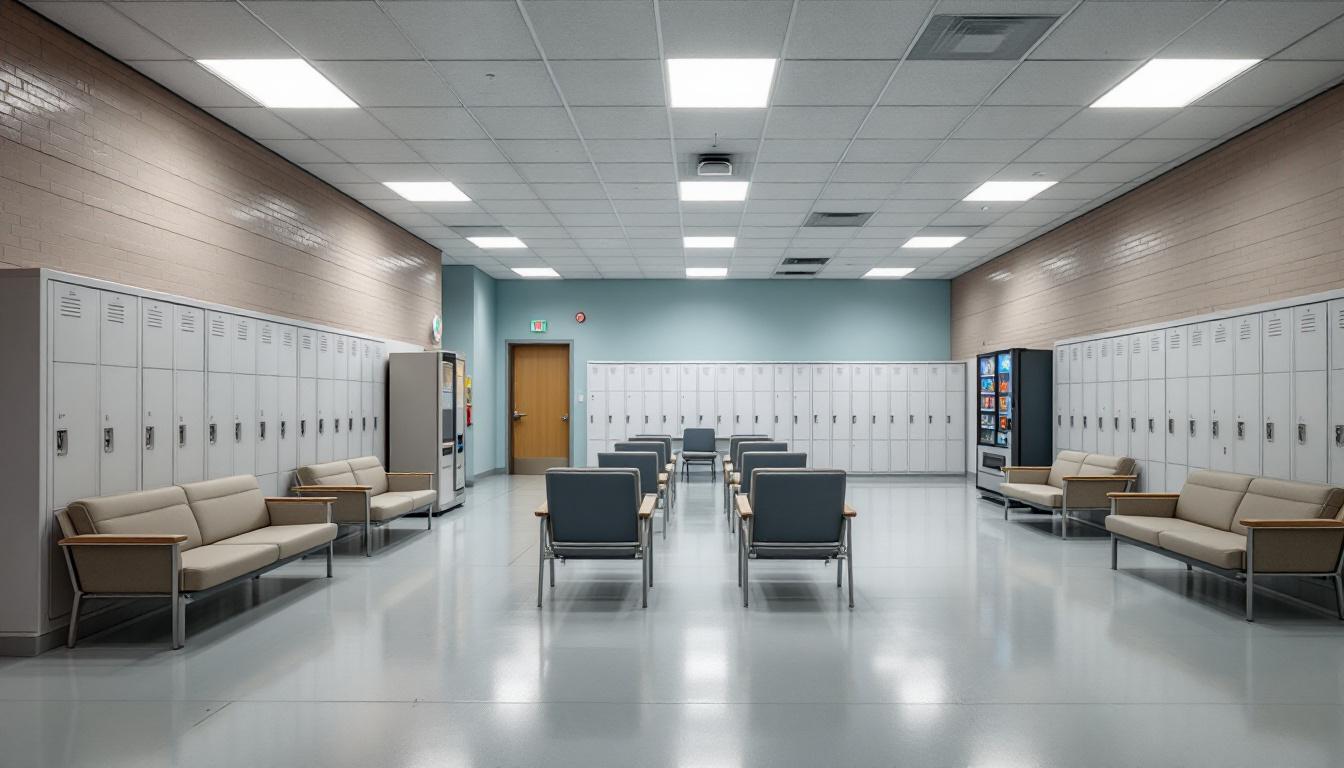
The concrete walls and steel fixtures of the housing units define the physical boundaries where inmates now navigate their daily existence. Inmates regularly follow structured schedules that typically begin with early morning counts and meal service. The routine generally includes assigned work details, educational programming, and designated recreation periods that provide essential structure to each day.
Housing accommodations typically consist of two-person cells within larger housing units, where inmates generally share limited space with basic furnishings including bunks, a small desk, and storage areas. Meals are usually served in common dining areas at scheduled times, with inmates moving in organized groups under staff supervision. The commissary system allows inmates to purchase approved personal items and food products, though access may be limited based on account balances and facility regulations.
Moreover, recreational opportunities often include access to outdoor exercise areas, indoor gymnasium facilities, and library services when available. Work assignments typically range from kitchen duties and maintenance tasks to laundry operations, providing inmates with daily responsibilities and potential skill development. Whereas recreational time offers some respite, visitation policies generally allow approved family members and friends to maintain contact through scheduled visits, phone calls, and correspondence, helping inmates preserve important relationships during their incarceration.
Ready to Connect?
Start communicating with your loved one today
Search for an Inmate
